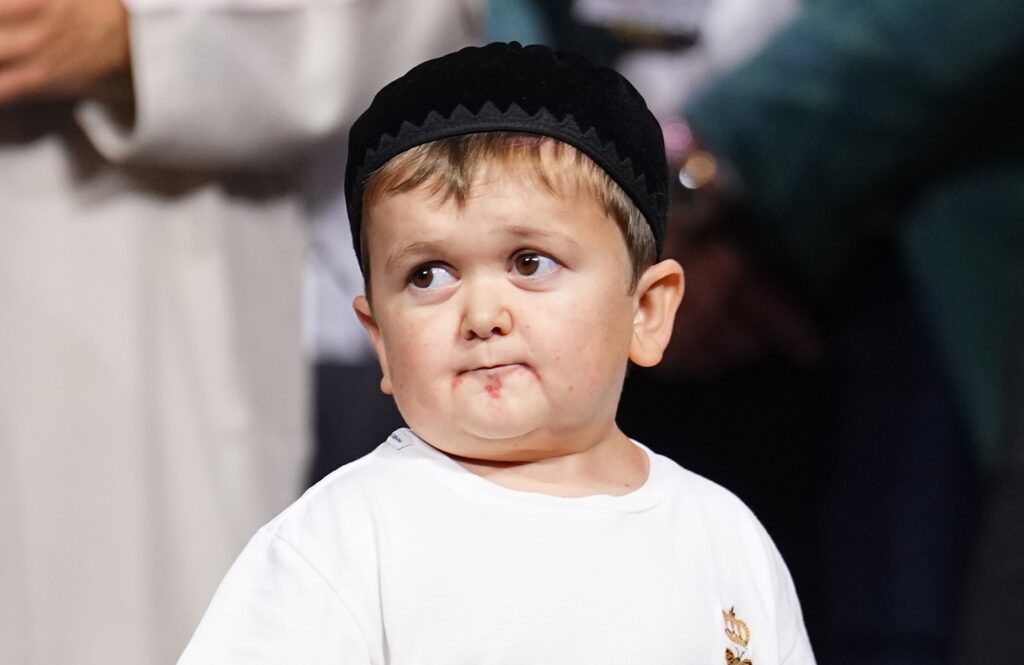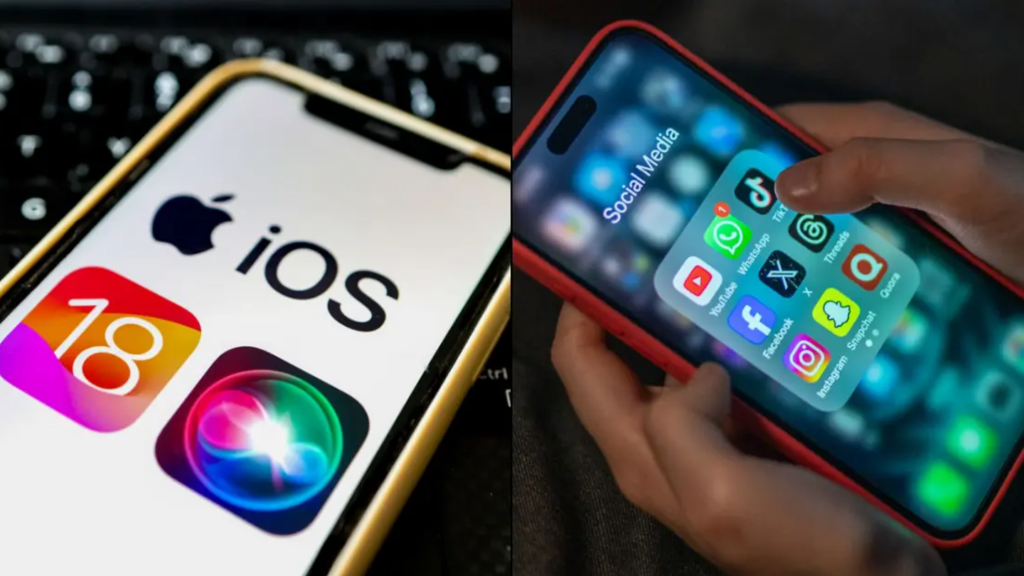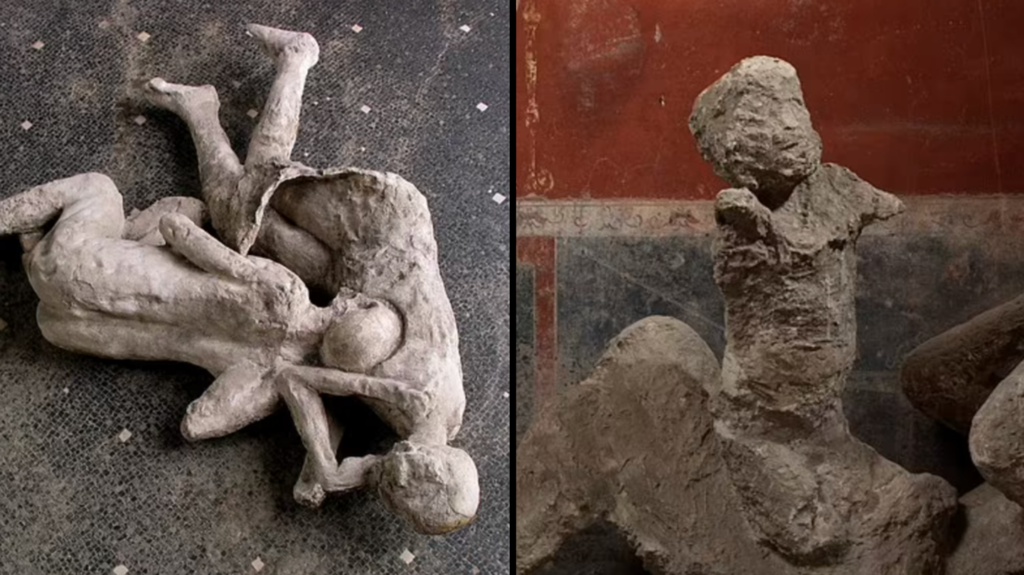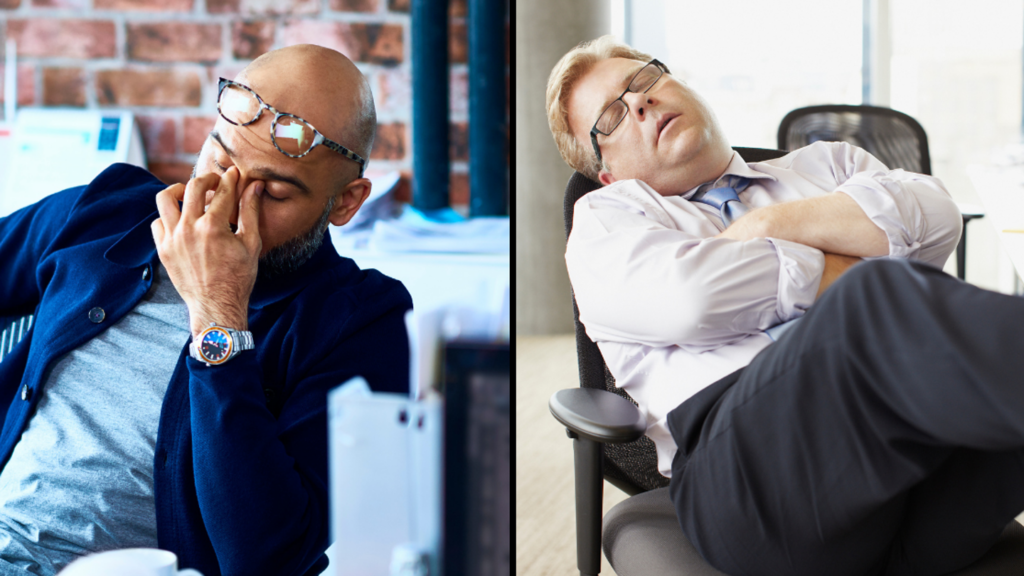Mike Tyson recently revealed that when he first met Hasbulla, he believed the young influencer was a baby. During their meeting, Tyson even picked him up and playfully nibbled on his ear.
“That’s how I am with children, I’m hugging on this guy, and he’s like 26 years old. I knew nothing at all!” Tyson said about the meeting, noting that Hasbulla was actually 20 years old at the time.
Despite this initial confusion, Hasbulla did not seem to be bothered by it. In fact, he mentioned that he looked forward to meeting Tyson again, saying that he hoped they could ‘do it again soon’.
Now, at 22 years old, Hasbulla stands at just 102 cm tall, and the reason for his small stature is due to a condition he has.
The Russian social media sensation first rose to fame a few years ago when he started appearing in TikTok videos. These videos, especially those featuring his playful rivalry with Abdu Rozik, quickly went viral and opened up many new opportunities for him.
During his rise to popularity, Hasbulla developed a close friendship with Khabib Nurmagomedov. This connection even led some people to wonder if they were related, but they are not.
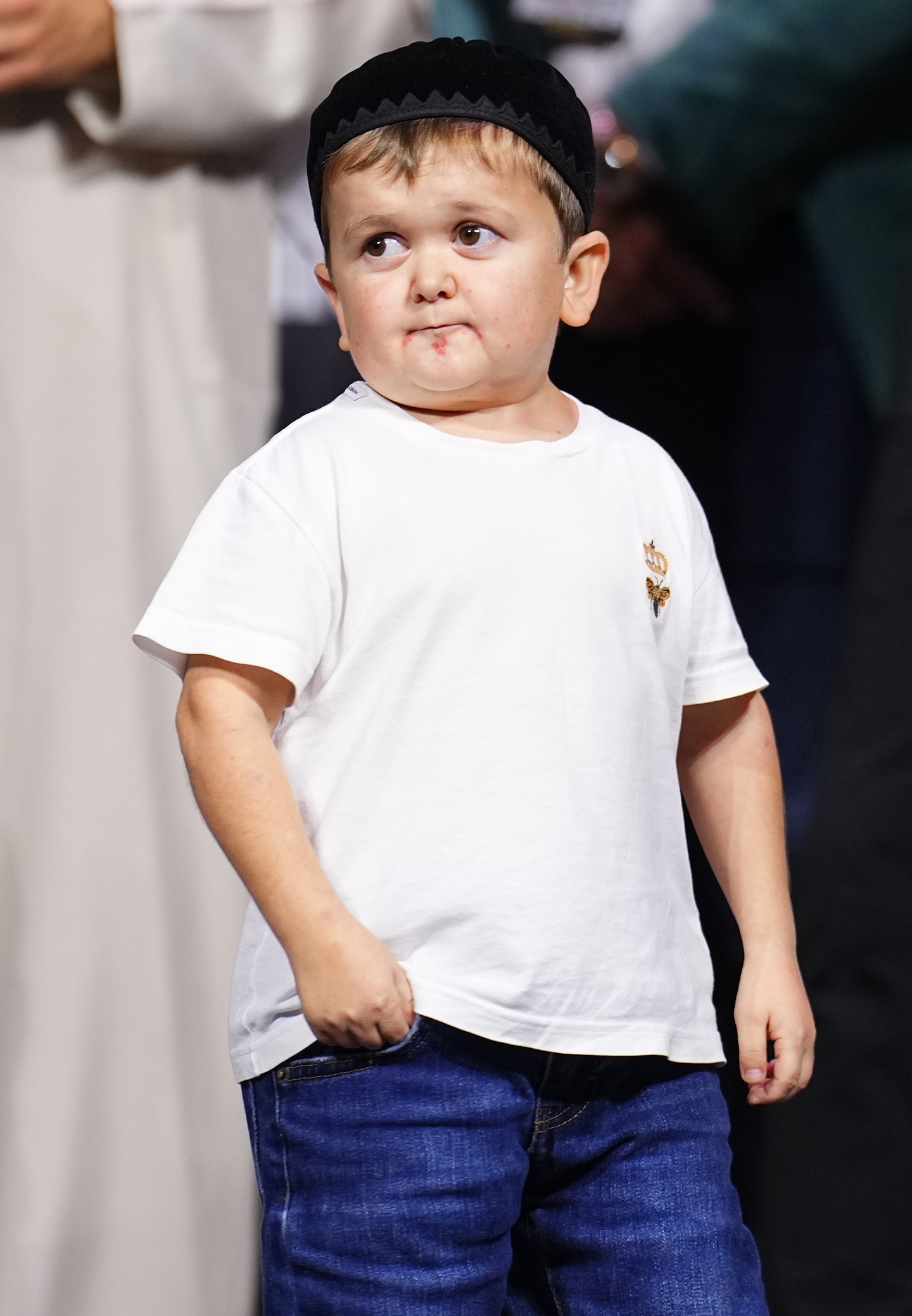
Eventually, Hasbulla signed a five-year promotional deal with the UFC. Although he never stepped into the octagon to fight, he has made several appearances in their content, showcasing his lively and fun personality.
Understanding Hasbulla’s rare condition
As for Hasbulla’s condition, it is a form of dwarfism. Although Hasbulla himself has not spoken much about it, a doctor has suggested that he might have Growth Hormone Deficiency (GHD), a rare condition.
Dr. Karan Raj explained that this condition affects the pituitary gland in the brain. The pituitary gland is responsible for producing hormones that help with growth.
This gland, located at the base of the brain, plays a crucial role in various bodily functions, including growth.
According to the NHS, the cause of Growth Hormone Deficiency is often unknown, and in many cases, it is not an inherited condition. It can be present from birth.
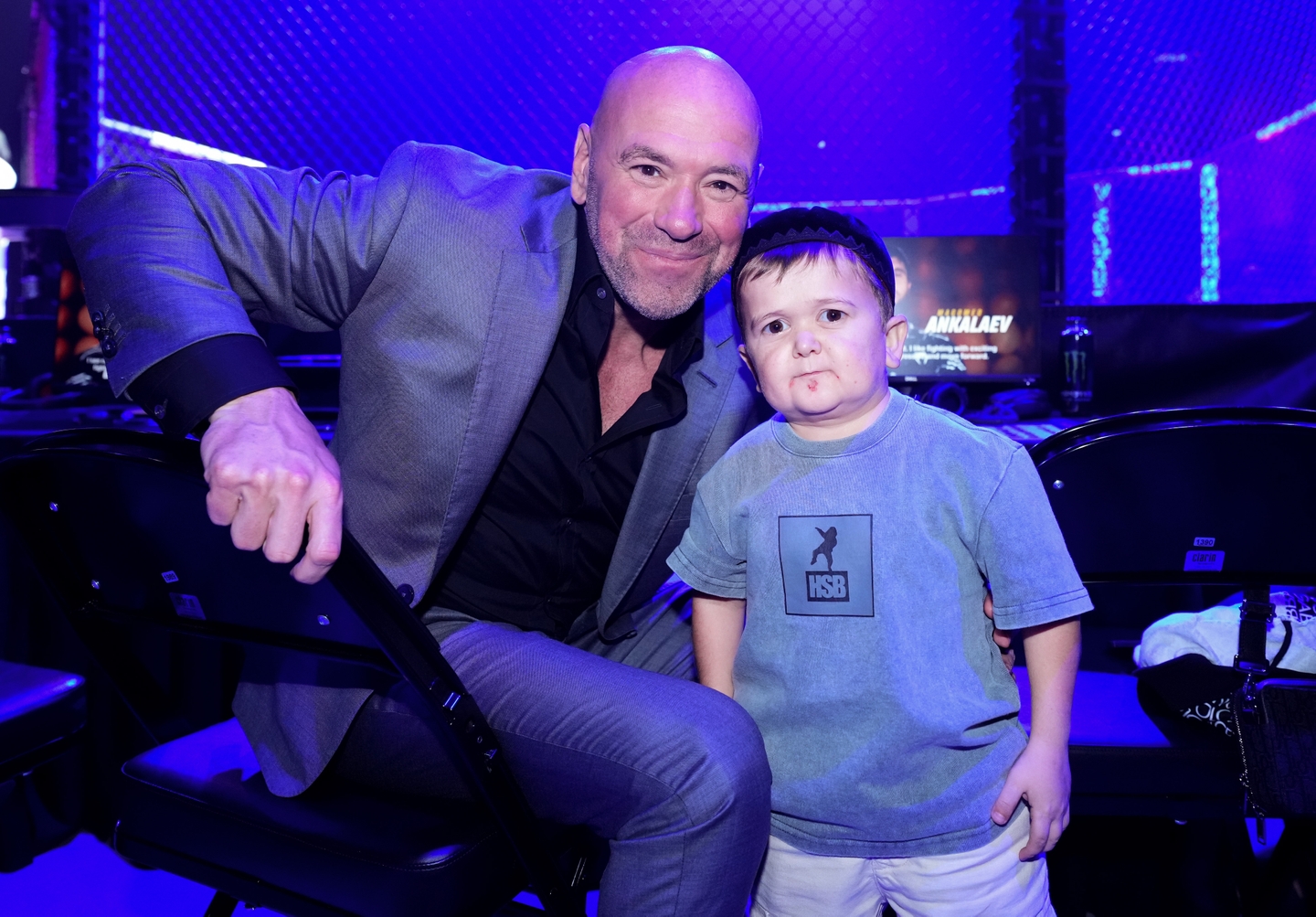
Children diagnosed with Growth Hormone Deficiency can be treated with growth hormone injections. One notable case is football star Lionel Messi.
Messi was diagnosed with Growth Hormone Deficiency in 2011 after doctors noticed he had not been growing for several years.
He was placed on a treatment plan that required him to inject Human Growth Hormone (HGH) into his legs every day, switching between legs. Messi had to administer these injections himself as a young boy.
The cost of Messi’s treatment was covered by Barcelona, who agreed to pay for it as part of the deal for him to join the club when he turned 13.
Speaking about his condition, Hasbulla said: “I can’t say that I’m handicapped. I can speak, I understand. I have arms and legs just like others.”
